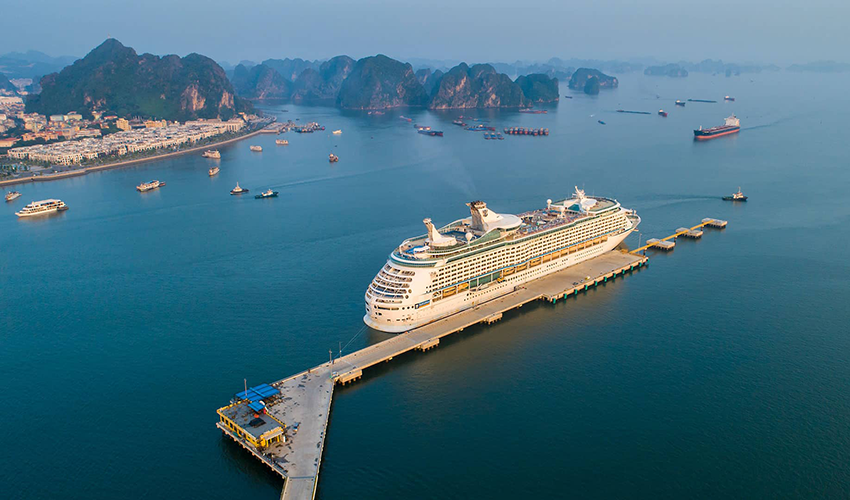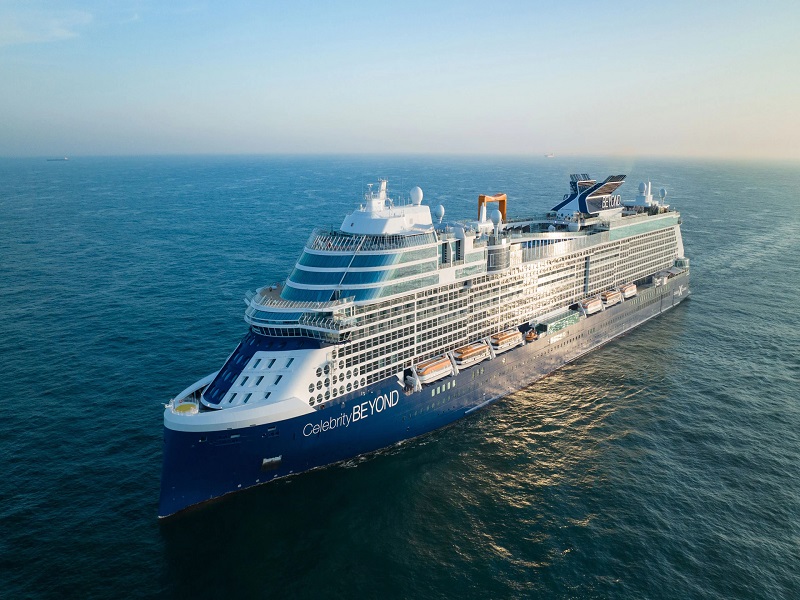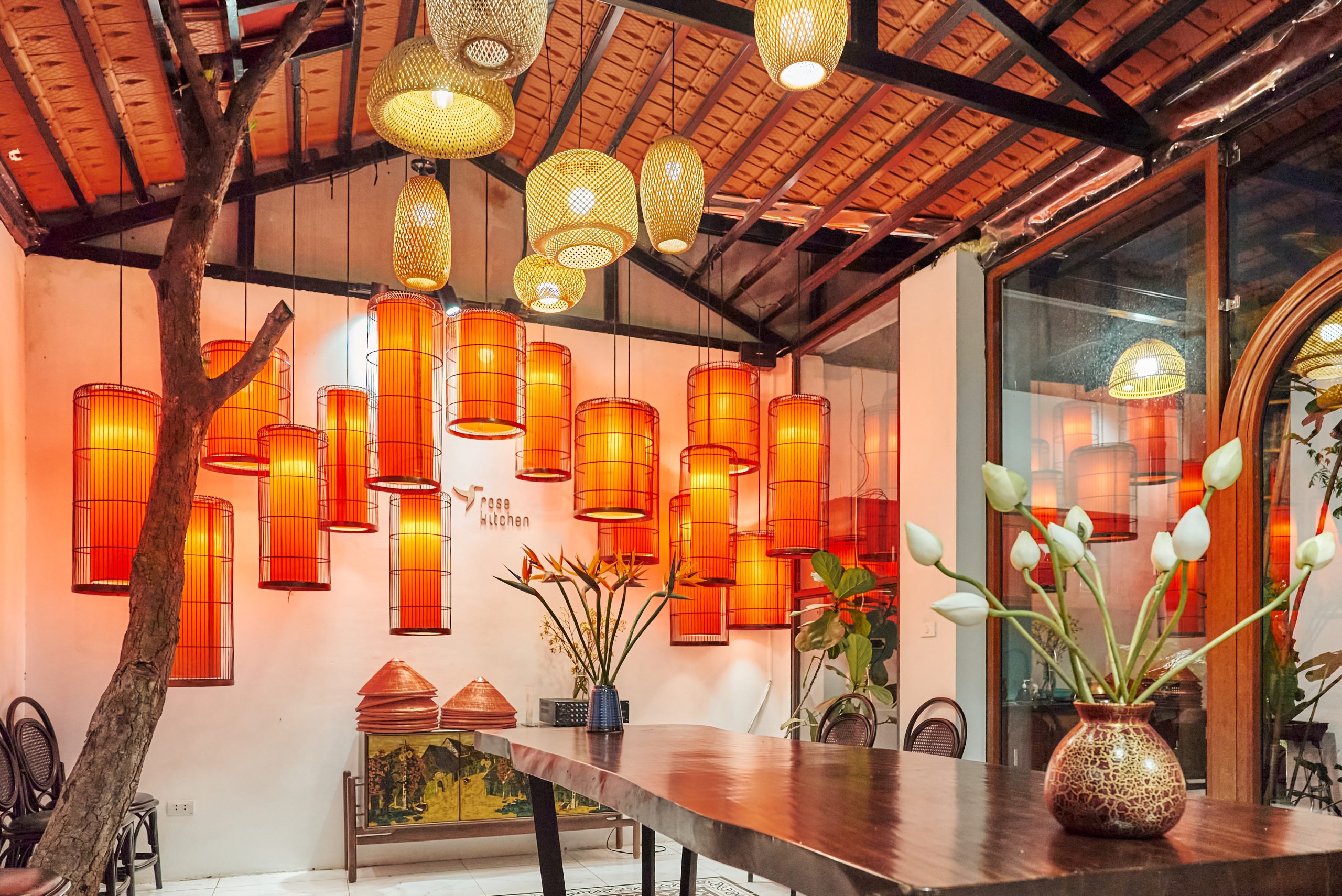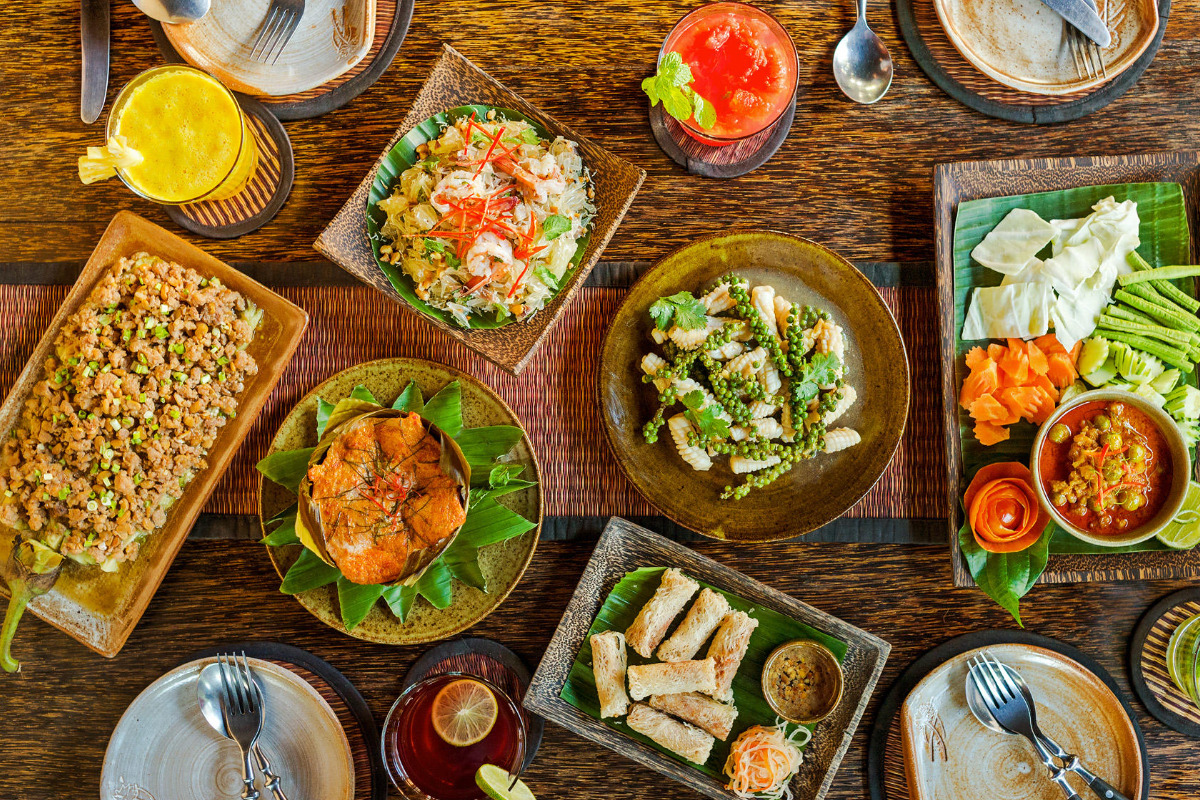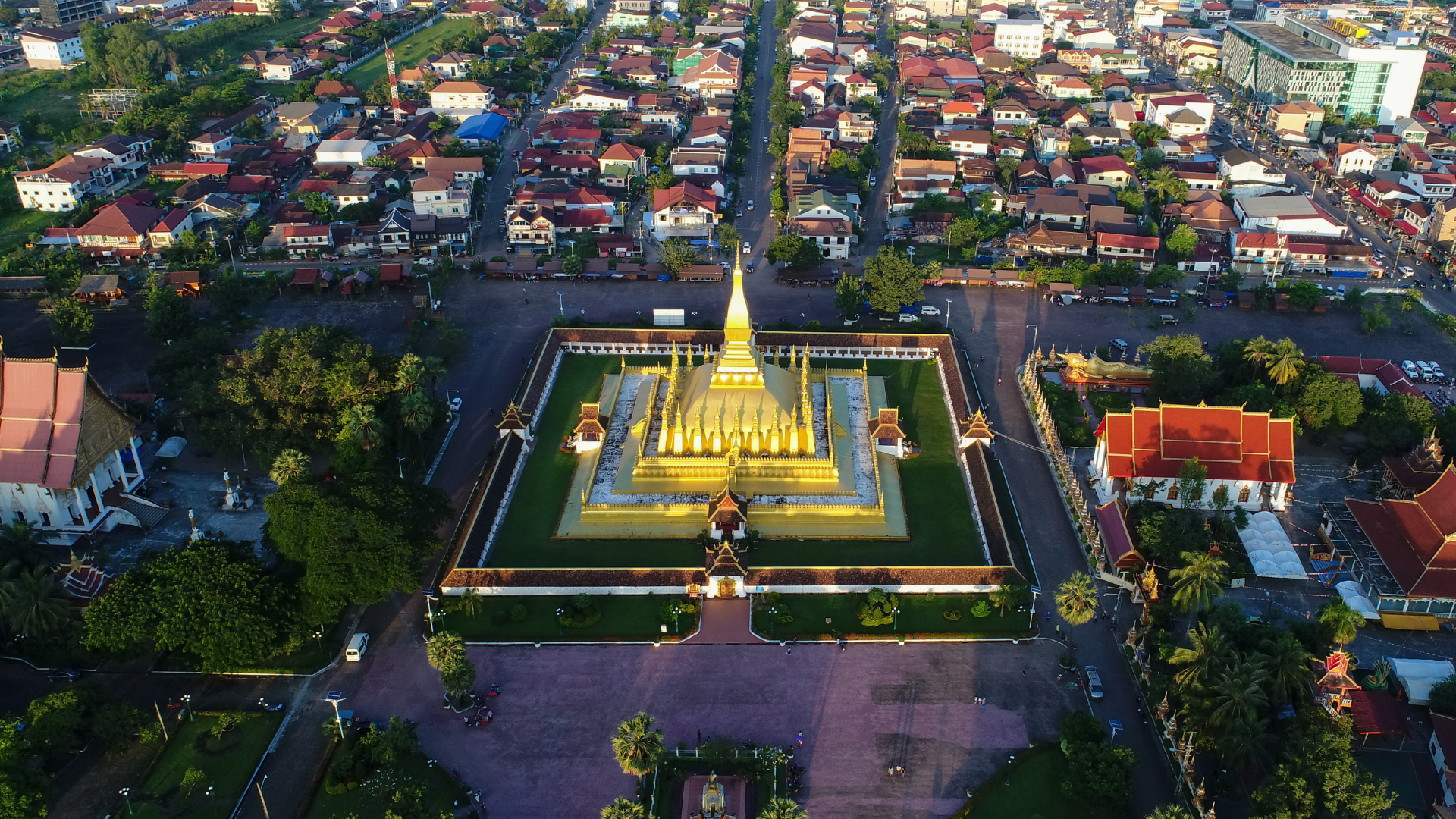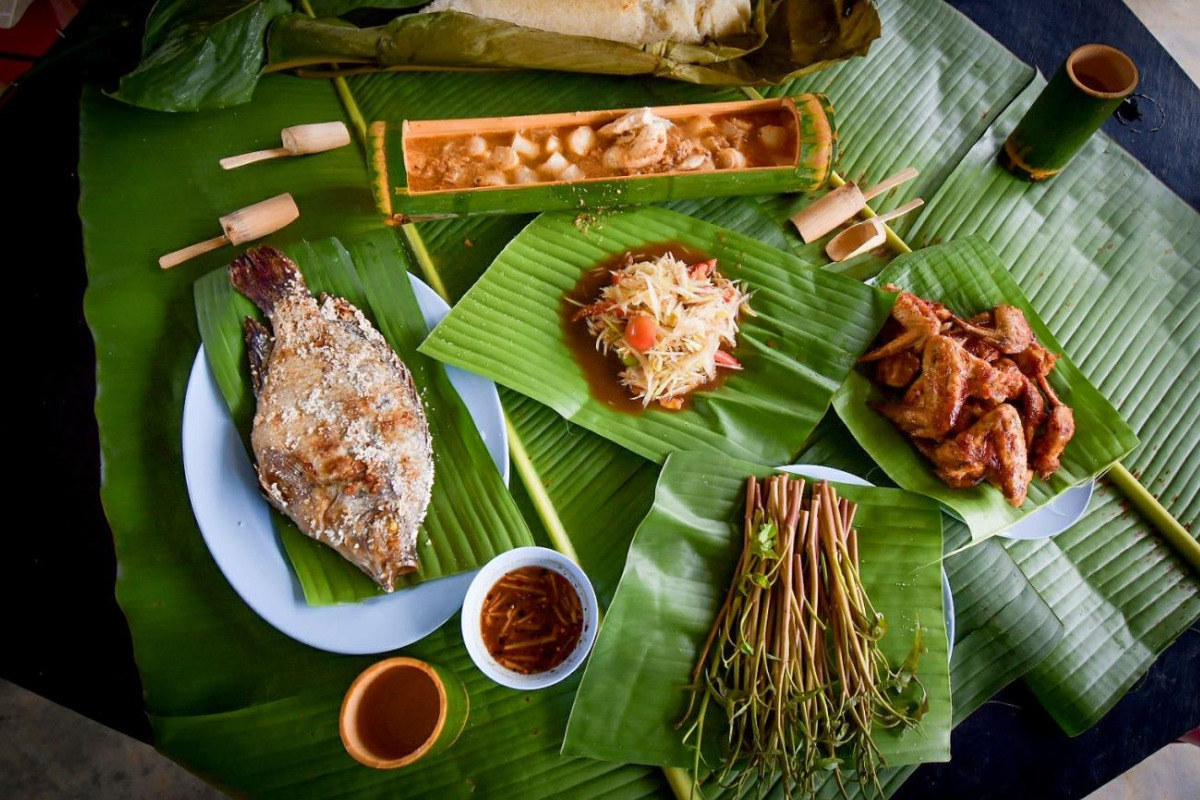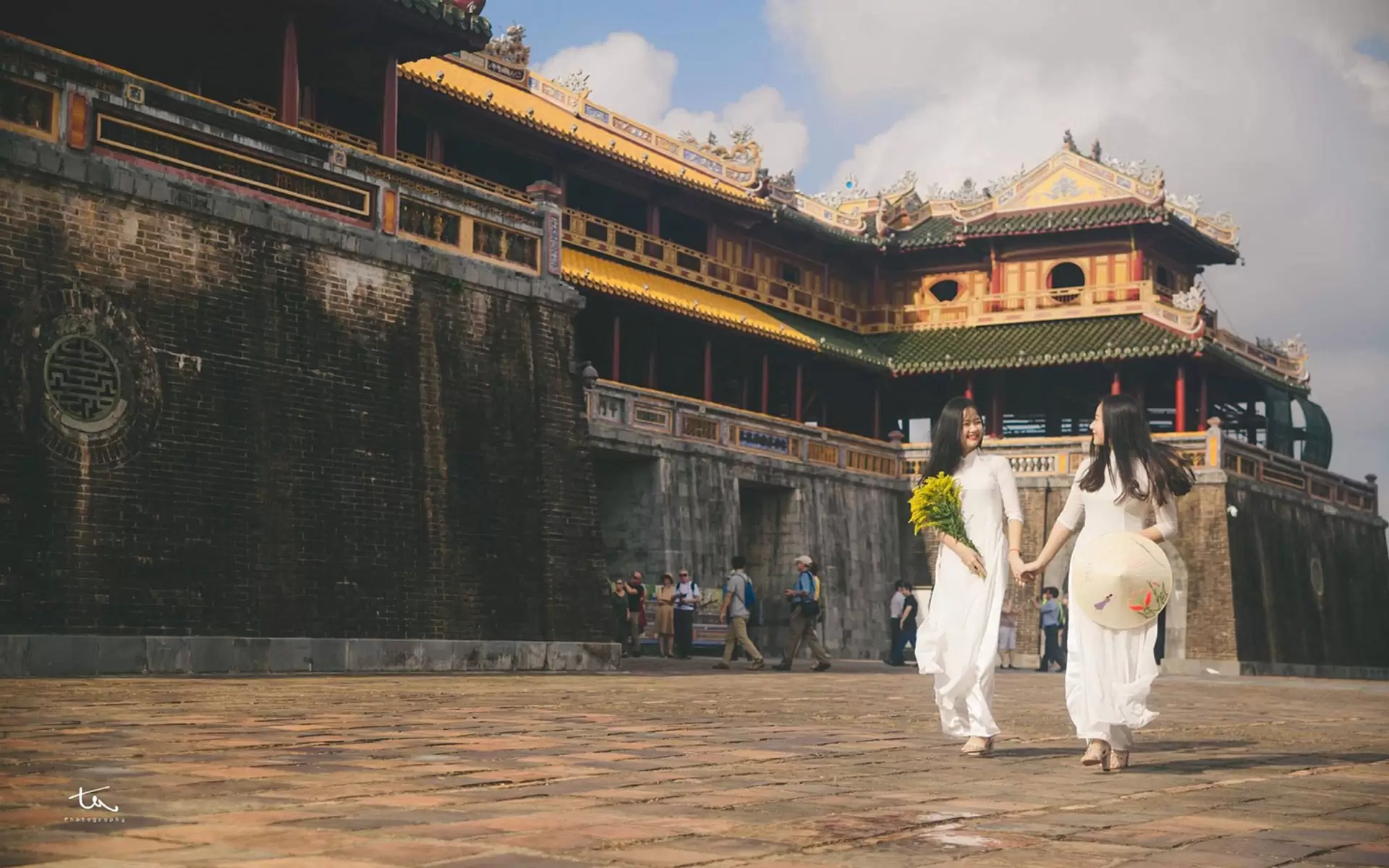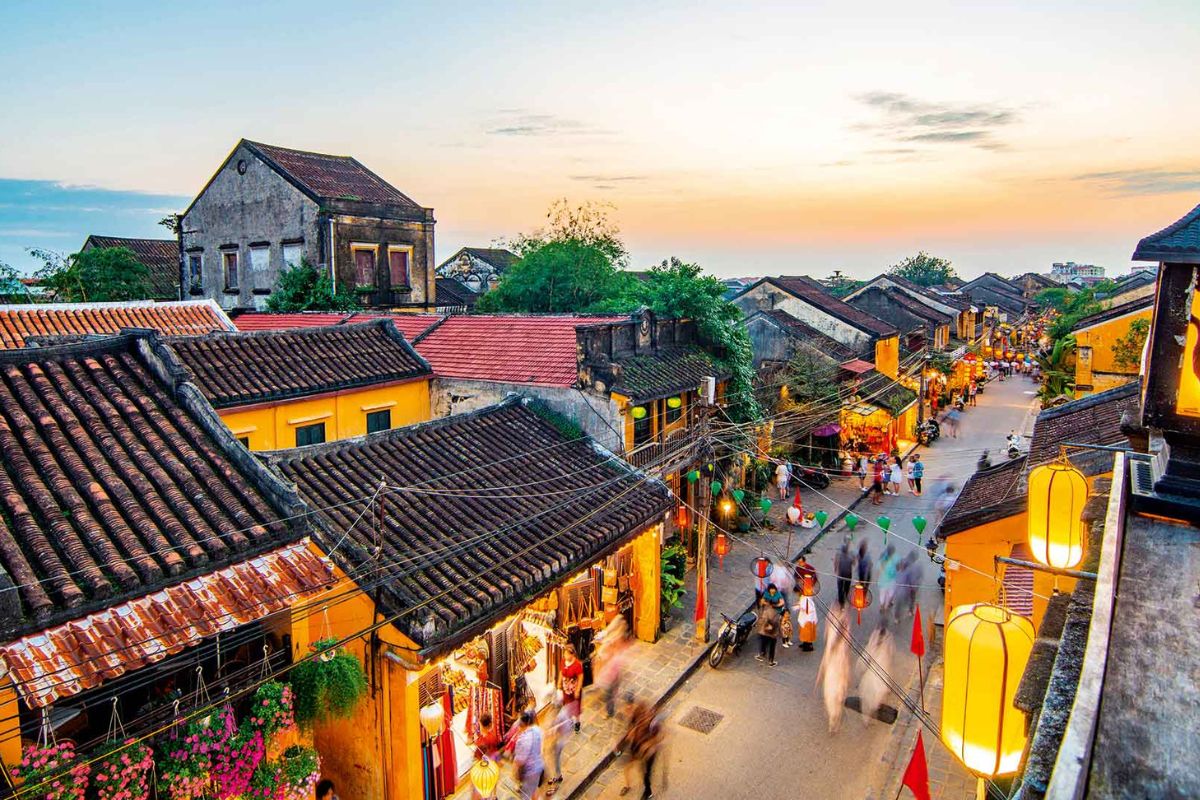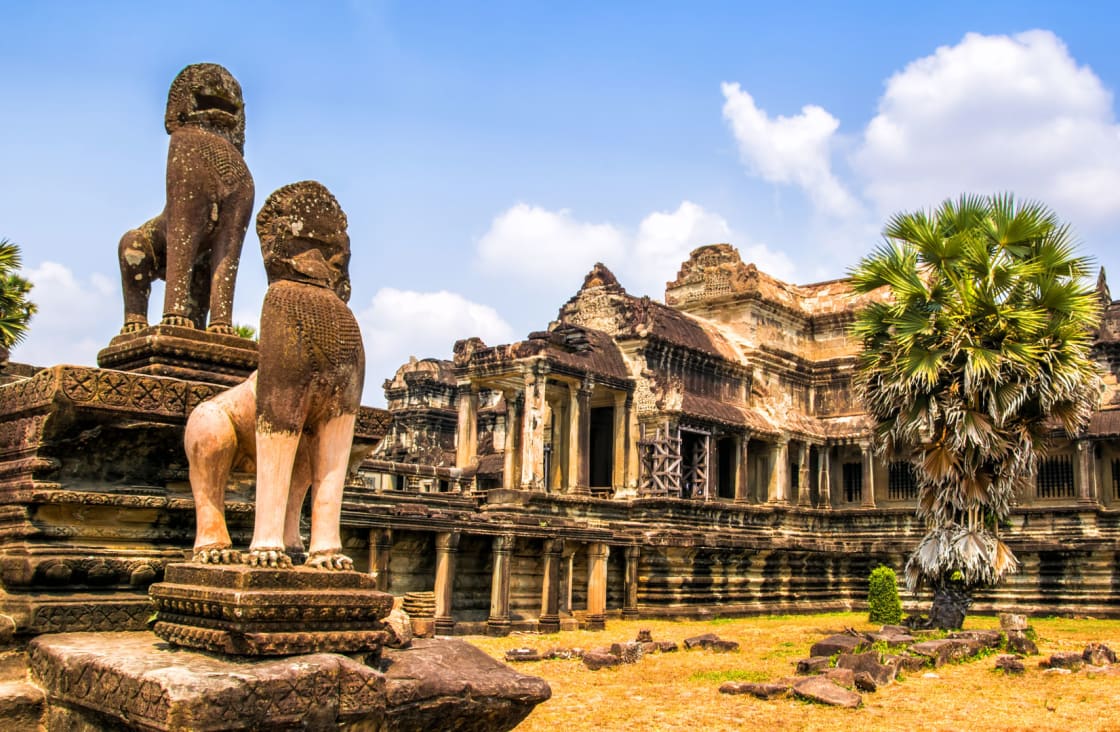1. Getting Around Cities: Tuk-Tuks, Motorbikes, and Taxis
Tuk-Tuks – The Most Iconic Way to Travel
Tuk-tuks are a quintessential mode of transport in Cambodia and are widely available in cities like Phnom Penh, Siem Reap, and Battambang. These three-wheeled motorized rickshaws are a convenient and affordable way to get around.
Tips:
- Always negotiate the fare before starting your journey, or use ride-hailing apps like PassApp or Grab to avoid overcharging.
- Tuk-tuks are best for short distances or leisurely city rides.
Motorbike Taxis (Motodops) – For the Adventurous Traveler
Motodops, or motorbike taxis, are a fast and budget-friendly way to travel, especially during peak traffic hours. They are ideal for solo travelers looking for quick transportation.
- Safety Tip: Always wear a helmet, as traffic in Cambodia can be chaotic.
Taxis – A More Comfortable Option
While taxis are less common than tuk-tuks, they are available in major cities and at airports. You can book metered taxis through apps like Grab or request private car services for a more comfortable ride.
- Best for: Airport transfers or long-distance city rides.
2. Intercity Travel: Buses, Minivans, and Trains
Buses – The Most Affordable Way to Travel
Buses are the most popular way to travel between cities, with air-conditioned options that make long-distance trips comfortable.
Popular Bus Companies:
- Giant Ibis – High-quality service with WiFi and snacks.
- Mekong Express – Reliable and safe for intercity travel.
- Virak Buntham – Covers most major routes, including cross-border services to Thailand and Vietnam.
Tip: Always book your tickets in advance, especially during peak seasons.
Minivans – Faster but Less Comfortable
Minivans are a quicker alternative to buses, commonly used for shorter routes. They can be crowded but are great for reaching destinations that large buses don’t serve.
Trains – A Scenic but Limited Option
Cambodia’s train network is still developing, but it offers a unique and scenic journey. The main route runs between Phnom Penh and Sihanoukville, providing a comfortable alternative to buses.
Best for: Travelers who prefer a relaxing ride with beautiful countryside views.
3. Traveling to Islands: Ferries and Boats
For those heading to Cambodia’s tropical islands like Koh Rong and Koh Rong Samloem, ferries and speedboats are the best options.
Ferry Operators:
- Buva Sea Cambodia – One of the fastest and most reliable services.
- GTVC Speedboat – Popular among tourists for trips from Sihanoukville.
Tip: Ferries can be affected by weather conditions, so check the schedule before departure.
4. Renting Your Own Vehicle: Cars, Motorbikes & Bicycles
Car Rentals – Best for Exploring at Your Own Pace
Renting a car is ideal for those who want flexibility and plan to explore beyond city limits. However, driving in Cambodia requires an international driver’s license and experience with local traffic conditions.
Motorbike Rentals – A Popular Choice for Adventurers
Renting a motorbike is an exciting way to explore cities like Siem Reap or the countryside. However, be mindful of traffic rules and always wear a helmet.
Tip: Some rental shops may ask for your passport as a deposit, so be sure to check the terms beforehand.
Bicycle Rentals – Eco-Friendly & Budget-Friendly
Cycling is an excellent way to explore Angkor Wat or the countryside of Battambang. Many hotels and hostels offer bicycle rentals for as little as $2-5 per day.
5. Crossing Borders: Traveling Between Cambodia and Neighboring Countries
If you’re traveling to or from Vietnam, Thailand, or Laos, several options are available:
- By Bus – Direct bus services operate between Phnom Penh and Ho Chi Minh City, Bangkok, and Vientiane.
- By Plane – Direct flights connect major Cambodian cities with regional hubs.
- By Boat – The Mekong River cruise from Phnom Penh to Vietnam’s Mekong Delta offers a scenic border-crossing experience.
Final Tips for Getting Around Cambodia
- Use ride-hailing apps like Grab or PassApp to get fair prices on tuk-tuks and taxis.
- Book transport tickets in advance during holidays and peak seasons.
- Negotiate tuk-tuk fares before getting in if you're not using an app.
- Prepare small cash payments, as many transport services don’t accept cards.
Cambodia’s transportation network may not be the most developed, but with the right planning, getting around can be smooth and enjoyable. Whether you’re navigating city streets or exploring rural landscapes, understanding your transport options will help you make the most of your journey in the Kingdom of Wonder!
Have you traveled around Cambodia before? Share your experiences in the comments!
Follow us on Instagram [@quietasia] for travel inspiration and real-time updates!
